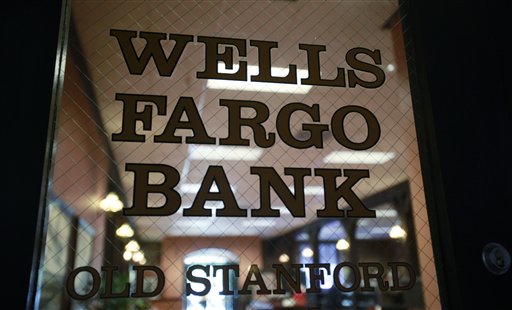Brokerage did brisk business in 1Q while bank stuttered; share price hammered
Wells Fargo & Co. reported disappointing quarterly results this morning. Like the other large commercial banks that reported this month, the dismal mortgage- and commercial-lending markets were largely to blame.
Wells had a 5% drop in revenue versus the first quarter last year, and the record earnings of $3.76 billion were mostly a result of the bank's reversing loss reserves previously booked on existing assets. The price of Wells Fargo stock was down around 4% in late afternoon trading.
As was the case with Bank of America Corp., however, the wealth management division provided a bright spot for Wells Fargo.
Revenue at the company's Wealth, Brokerage and Retirement division rose over 8% to $3.15 billion from the comparable quarter last year. The boost in revenue was driven by higher fees, according to the bank. Profits were up 20% to $339 million.
Client assets in the retail-brokerage division were up 5% to $1.19 trillion, with managed-account assets in the division increasing 21% to $252 billion. Assets in the wealth management division grew a smaller 4% to $203 billion, and assets in institutional and individual retirement accounts increased just under 10% to $528 billion.
Wells Fargo added 48 advisers to its work force during the quarter – and 117 in the last year — giving it a head count of 15,236, slightly below that at Merrill Lynch. The adviser rosters at both Wells and Merrill fall well below that at Morgan Stanley Smith Barney LLC — the largest brokerage in the U.S., with more than 18,000 advisers.
In the bank's supplementary disclosures, it listed capturing a bigger share of customer wallets and cross-selling loans to existing brokerage clients as the division's two major growth opportunities: Specifically, the bank is aiming to “penetrate 5.2 million affluent Wells Fargo households that hold $1.7 trillion in investment assets with other firms who have no investments with WBR, while cross-selling to 2.9 million WBR traditional brokerage households.”







